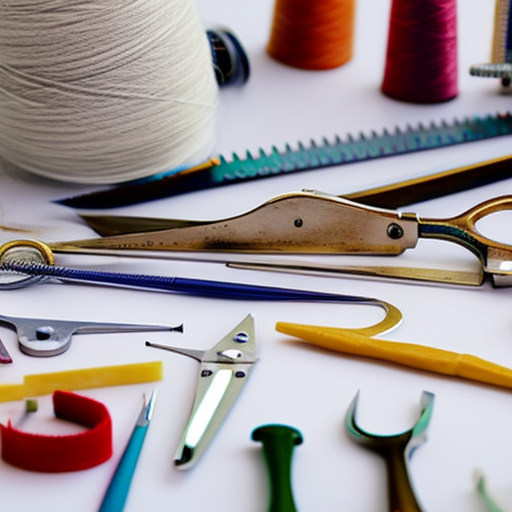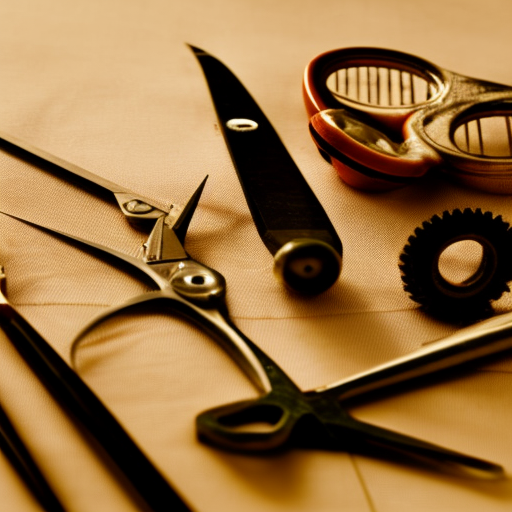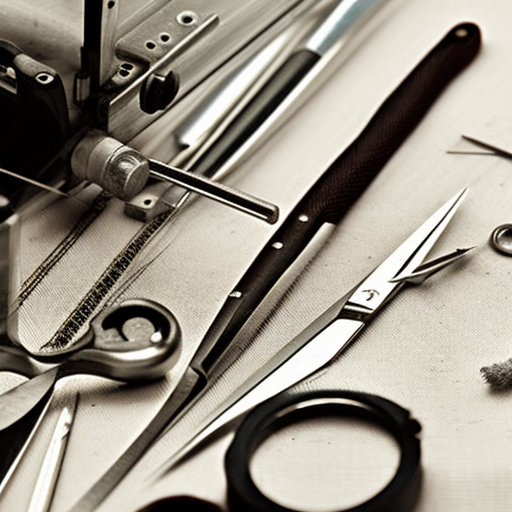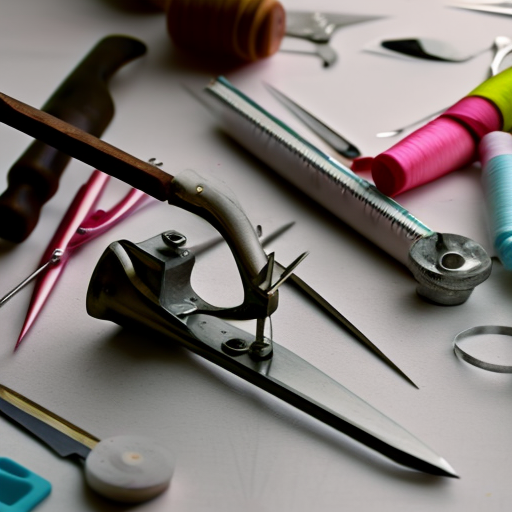: The Art of Creatively Stitching Together Fabric
There is something truly magical about the art of sewing. The sound of a needle pulling thread through fabric, the feeling of accomplishment when you finish a project, and the ability to create something beautiful and useful with your own two hands – these are just a few of the reasons why sewing has stood the test of time.
But who are the people behind these beautiful creations? Who are the ones who sew our clothes, our home décor, and our everyday items? Let’s take a deeper look into the world of sewing and discover the people who bring fabrics to life - the “sewists.”
The Sewist: A Master of the Needle and Thread
A sewist, also known as a seamstress or tailor, is a skilled individual who practices the art and craft of sewing. They are the ones who sew and create handmade items, from simple repairs to complex garments. A sewist’s expertise is not limited to just clothing; they can also sew home décor, accessories, and even quilts.
Sewing has been around for centuries, and it has evolved from a basic necessity to a form of art. In ancient times, sewing was primarily done by hand using simple tools like needles made of bone or ivory and threads made from animal sinews or plant fibers. Today, sewing has become more accessible and faster with the help of technologically advanced sewing machines and tools.
The Joy of Sewing: A Therapeutic Experience
Sewing is not just a practical skill; it is also a therapeutic experience. As we live in a fast-paced world, taking a break to engage in a creative activity can be a much-needed escape. The repetitive motion of sewing can be calming and soothing, allowing one to release stress and focus on the present moment.
Sewing has also been proven to have positive effects on mental health. It can improve mindfulness and concentration, promote relaxation, and boost self-esteem. Moreover, the satisfaction of completing a sewing project can bring a great sense of accomplishment and pride.
Sewing as a Way of Life
For many sewists, sewing is not just a hobby or a job – it is a way of life. It is a form of self-expression and a way to share their creativity with the world. Whether they are sewing for themselves or for others, every project is a chance to leave a personal mark and tell a story through fabric and stitches.
Moreover, sewing can also be a sustainable way of living. By sewing and repurposing old clothes, fabrics, and materials, sewists can help reduce waste and make a positive impact on the environment.
From Hobby to Business: The Rise of the Sewing Industry
The popularity of sewing as a hobby has grown significantly in recent years, leading to a rise in the sewing industry. More people are starting to create their own clothes, and the handmade market has also seen a surge in demand. As a result, many sewists have turned their passion into a business, selling their handmade items or offering sewing classes and workshops.
With the rise of social media, sewists now have a platform to showcase their work and connect with a wider audience. Many sewing influencers and bloggers have gained a massive following and have even collaborated with brands to promote the art of sewing and inspire others to learn this skill.
Conclusion
Sewing is more than just a hobby or a means to fix garments. It is a fascinating art that requires skill, patience, and creativity. A sewist’s work may seem like a simple act of stitching, but it is the dedication, passion, and love poured into each project that makes sewing a truly remarkable art form. So the next time you see a beautifully crafted garment, remember to appreciate the “sewist” behind it.





Definitely! It’s a great hobby and skill to have!
This is a great post for anyone who’s curious about the art of sewing! From beginners to experts, it’s a great way to hone creativity and refine your craft. Plus, the satisfaction of crafting something with your own two hands is unparalleled.
Absolutely! Crafting something on your own is such a rewarding moment. Sewing not only helps you make beautiful garments, but also is a great way to learn patience and precision in a project.